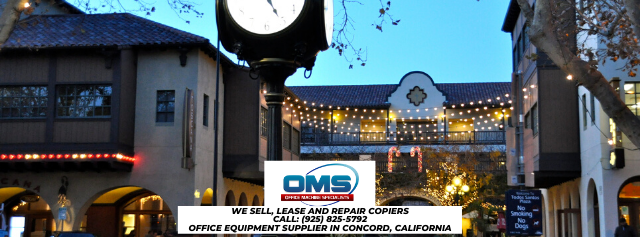Office Machine Services and Sales Solutions
The Historical Museum of Benicia shares the story of Benicia’s role in California’s history and how this history relates to the pre-and post-statehood growth of our country.
In 1975, the task of collecting objects began and the items were stored in many places before our new Arsenal site became available. The Camel Barn complex was dedicated to the City Council of Benicia on December 7, 1982. On May 19th, 1985, the Museum was officially opened and has been continuously open since that time.
The name, Camel Barn Complex, comes from a chapter in the contribution of Benicia to the history of the US Military. The US Army experimented in the 1850s and 1860s with camels, imported from the Mideast, as pack animals. The experiment was abandoned after the outbreak of the Civil War. The remaining camels were sent to the Arsenal of Benicia, where they were auctioned off to the public.
The Museum Complex
There are four original 1850 Benicia Arsenal buildings in the Museum Complex. All of the buildings are constructed near the museum site from native Californian sandstone. The rustic, austere style set a precedent that was used in most of the 19th Century buildings designed by the Benicia Arsenal. The Arsenal is one of only three sites where U.S. military facilities have used indigenous stone. The other two of these are Ft. Oklahoma, Sill and Ft. Tejon, California, near the Grapevine’s northern end.
A keystone decoration of a cannonball surmounted by a flame is present in each of the museum buildings. This is the US Army Ordnance Depot sign.
Building #7, the Silas Casey building, was originally a storehouse erected for the Arsenal in 1853. It also houses our industrial show, the offices of the Archives, and the Department of Education.
It is the primary repository for our artifact collection as well. Consisting of volunteers and our student intern, the curatorial department is working hard to catalog, index, and build digital records of our growing collection.
Building #8, erected in 1855, was originally the Engine House. This building later served as a guardhouse, an office for an army officer, a church, a bag shop for cartridges, and an artist’s workshop. It is now the office of the Museum.
Building #9, build in 1854, was also one of the original storehouses for the Arsenal. It now houses the main Museum gallery. The museum contains displays ranging from the Solano County Native Californians to the founding of California, to the Gold Rush, to the arts of today in Benicia.
Building #9’s lower level is known as Captain Charles P. Stone Hall. Every year the museum holds various activities in the space, including gallery openings, workshops, and concerts. It is possible to rent the hall for private functions as well.
Building #10, The Powder Magazine is an adventure that’s unique. This is one of the few remaining examples of the craft of stonemasons in California, from the vaulted ceilings to the carved capitals on the pillars, designed in 1857 from native Benicia sandstone by French and Italian stonemasons. This building has been renovated by the Museum and a display of Benicia Arsenal artifacts has been mounted. The Powder Magazine is currently open to guests by invitation only.
Spenger Memorial Garden, is located behind Building #9 and was dedicated in 2008 to the memory of Catherine and Paul Spenger. After a museum tour, the garden is a lovely space for a picnic and is available for hire for private events.
This amazing landmark in Benicia, California is located near some other must-see places of interest:
- Benicia Capitol State Historic Park
- Glass Beach
- Benicia State Recreational Area
- Benicia Arsenal
- Benicia Main Street: First Street
- Lindsay Art Glass
- 9th Street Park (AKA the 9th Street Pier)
- Fischer Hanlon House
All of these wonderful landmarks are located just a short distance from our location at 1091 Shary Circle in Concord, California! Stop by for a visit anytime!
